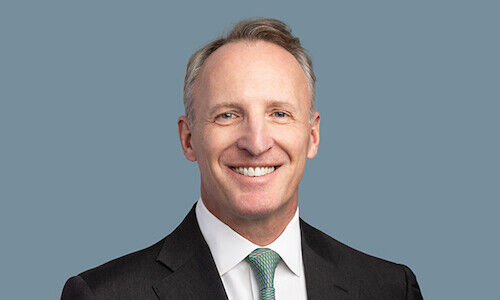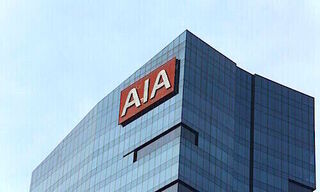The strong first-quarter performance renders them outdated – a month after they were revised.
UBS is not doing much to help change its notoriety for setting low targets. Just a very short while after updating them, it has rendered all of them except for one void.
The return on CET1 capital was at 19 percent in the first quarter, well above its guidance of 15-18 percent while the CET1 leverage ratio was 4.16 percent, very near the targeted 3.7 percent. The group cost-income ratio, at 70.7 percent, is close to the bottom end of its 70-73 percent range.
Small Blip at GWM
The only target it has not made is growth in profit before tax at its Global Wealth Management business. Profit there fell 7 percent, while its guidance was for 10-15 percent growth.
But it still managed to exceed its net new fee-generating asset growth target in that business by reporting 5.2 percent growth in the first quarter, above its target for anything above 5 percent. Although it is too early in the year to mention its share buyback guidance of $5 billion in repurchases, how about we do and say that it is only the first quarter and they have already bought back $1.7 billion.
Where is the BHAG?
In an industry replete with BHAGs (Big Hairy Audacious Goals), this all seems to be uncharacteristically modest. Given that, let’s take a quick look pack at the long distant past of the 2021 annual report. Or last month in March, when it was published.
In the letter to shareholders, former chairman Axel Weber and chief executive officer Ralph Hamers went to some length to describe the new, updated targets and their ambitions to create value for stakeholders.
«Reflecting our improved operating performance over the last two years, we updated our financial targets and kept our capital guidance unchanged,» both indicated then. A quarter on, that value seems to be there. The only issue now is whether it is sustainable over the cycle. But for investors, it still begets the question. What's next? That is a particularly apt one to ask given the share price has underperformed the SMI, the benchmark Swiss blue chip index, by a good 2 percent since the start of the year.























